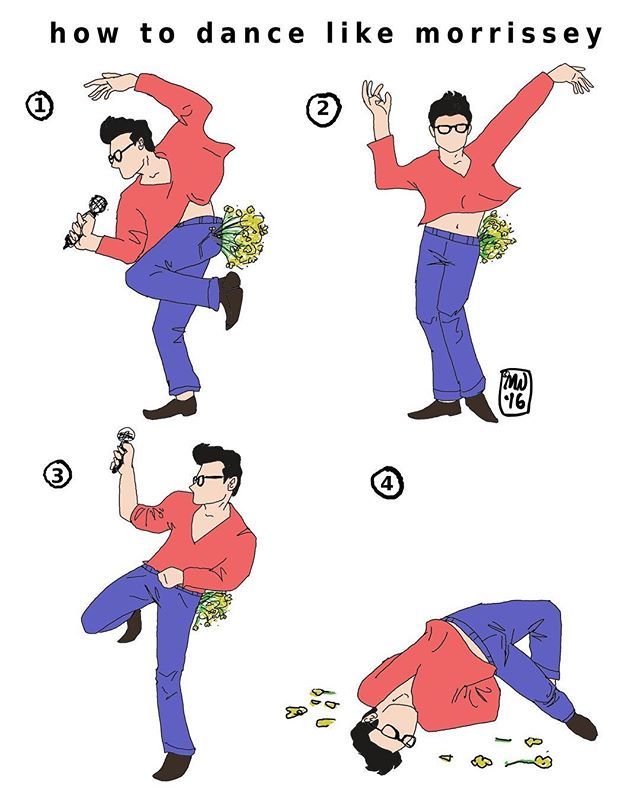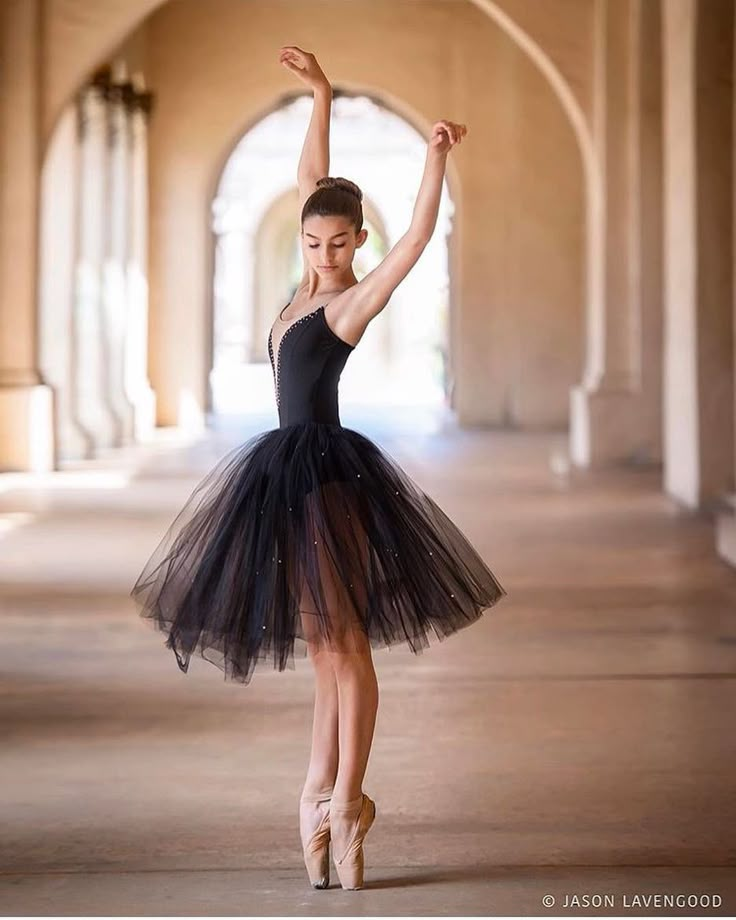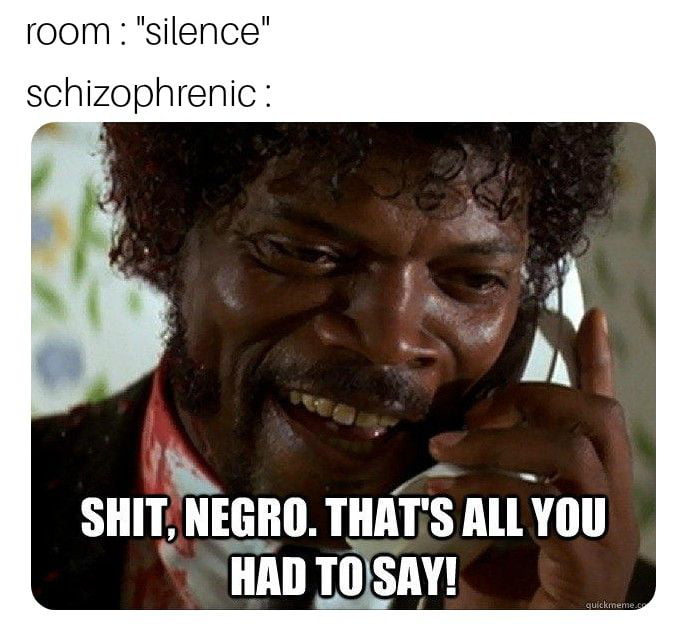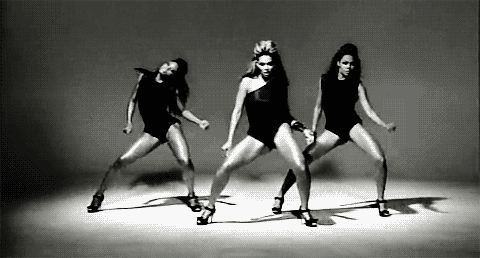How to dance adowa
All You Need To Know About Adowa Dance
Blog, Ghana
2 minutes read
An Adowa Dance performance
Adowa Dance is one of the most popular styles practiced in Ghana. It apparently belongs to a tribal community in the country known as ‘Ashanti‘ or ‘Asante‘ who are a part of the Akan ethnic group. Now, the obvious question that needs to be asked is, what exactly is this dance form? Here is then presenting an analysis highlighting the facts that you need to know about this unique West African dance style.
An Adowa performance
a. What is Adowa Dance?
‘Traditional’ is what Adowa, a Ghanaian dance form is. It is mainly performed by people during cultural events such as festivals, funerals, marriages etc. Furthermore, this dance style has been created to enable people to express themselves via their hands and feet.
b. Adowa Dance Music, What does it entail?
‘Polyrhythmic Accents’ is what the music accompanying Adowa comprises of. The instruments used includes mainly drums and bell. In addition, the lyrics written generally express the social and moral values of the Ghanaian society. Some of the drums used are atumpan, apentemma, petia, brenko, and donno. While bells used include: dawuru and atoke. Additionally, this dance is performed in ‘compound triple time’ with the beat of the drums comprising of an interesting mix ‘syncopation and cross-rhythms’.
c. Adowa Dance costume, What do they include?
The costume worn by the dancer while performing Adowa includes, a piece of cloth wrapped around the body from the chest right up to the knees. In the case of women, a red or black cloth is tied around the head. Furthermore, jewelry is mainly worn around head, shoulders, upper arms, wrists, knees, and ankles. In addition, performers also carry an handkerchief either coloured or dark depending on the occasion. For example, a dark coloured handkerchief is generally carried only during funerals.
d. How Adowa Dance is performed?
‘Hands and feet’ are mainly used by the dancer while performing Adowa. The basic steps of this unique dance style are as follows:
The basic steps of this unique dance style are as follows:
- Firstly, the performer needs to apply pressure and move his/her right foot forward.
- Secondly, these movements made by the dancer must be exaggerated and not just simple.
- Finally, the performer during the performance must ensure that there is an interaction with the drummer that is not obvious.In addition, a sad facial expression generally needs to be exhibited by the dancer.
e. Adowa Dance YouTube Video:
If, you intend to now watch the Adowa Dance after having read a few facts about it, here is then presenting a YouTube Video illustrating how it is done.
Thus, Adowa is essentially a typical West African dance which involves the use of feet, hands, and lots of drum play to accompany it.
Image Credits: Wikimedia Commons and Wikimedia Commons
Views: 2,115
Adowa Dance Ghana Ghanaian West African
Adowa
- Synopsis
- Teaser Trailer
- Treatment
- Team
- Fundraising
- Status
Adowa is a documentary film about oral literature in dance and preserving the culture of the Ashanti people of Ghana . A young artist of Ashanti heritage travels to Ghana to capture the beauty of traditional funeral dance called Adowa of the Ashanti people. The film explores how the Adowa dance came to be and the tradition and history behind this dance using language, music, and the movements of the Adowa dance to reveal the story.
How can the beauty of culture and tradition be kept in the movement of a dance? In many African cultures, traditions are passed on throughout generations by storytelling and also often by dance. Unveiling the stories of the past that are often told in an oral tradition on film could be what Africa’s next generation will use to protect and preserve culture. A young Ashanti artist seeks to do just that by visiting the Ashanti region of Kumasi Ghana and venture out to explore the traditions associated with Adowa dance. The Adowa dance of the Ashanti people of Ghana is a dance performed at funerals, marriages, and other special occasions. This dance is embedded with cultural traditions and the dancers along with the drummers seek to tell a story in each step of the dance.
Unveiling the stories of the past that are often told in an oral tradition on film could be what Africa’s next generation will use to protect and preserve culture. A young Ashanti artist seeks to do just that by visiting the Ashanti region of Kumasi Ghana and venture out to explore the traditions associated with Adowa dance. The Adowa dance of the Ashanti people of Ghana is a dance performed at funerals, marriages, and other special occasions. This dance is embedded with cultural traditions and the dancers along with the drummers seek to tell a story in each step of the dance.
A combination of melody and movement, Adowa is one of the fascinating traditions of the Ashanti people. From the attire of the dancers, the instruments, and the complex movements; Adowa will be examined through this documentary as oral literature in dance and preserving the culture of the Ashanti people. Because of the oral tradition of the Ashanti people of passing on history by storytelling, the origins of the Adowa dance and its significance is somewhat unknown. The symbolism within the dance is more of a reference point to a time in Ashanti history. The meanings behind the movements of the Adowa dance hold a different meaning now within the Ashanti region of Ghana as colonialism and religious influence change the demographics of Ghana and the attitudes of people towards certain traditions. The dance is now replicated throughout Ghana but the original Adowa dance of the Ashanti people is still revered as the most sacred form.
The symbolism within the dance is more of a reference point to a time in Ashanti history. The meanings behind the movements of the Adowa dance hold a different meaning now within the Ashanti region of Ghana as colonialism and religious influence change the demographics of Ghana and the attitudes of people towards certain traditions. The dance is now replicated throughout Ghana but the original Adowa dance of the Ashanti people is still revered as the most sacred form.
In this documentation of the Adowa dance, the use of the medium of film (digital media ) will show the Adowa dance significance to the Ashanti people by taking the movements of the Adowa dance and using them to tell the story of the ancient Ashanti Kingdom, and how the history of this kingdom is still preserved by its descendants today with this dance amongst other customs. Going back in time with each melody that directs a movement, Adowa will start with a dance then using music and song to further breakdown the story behind this dance.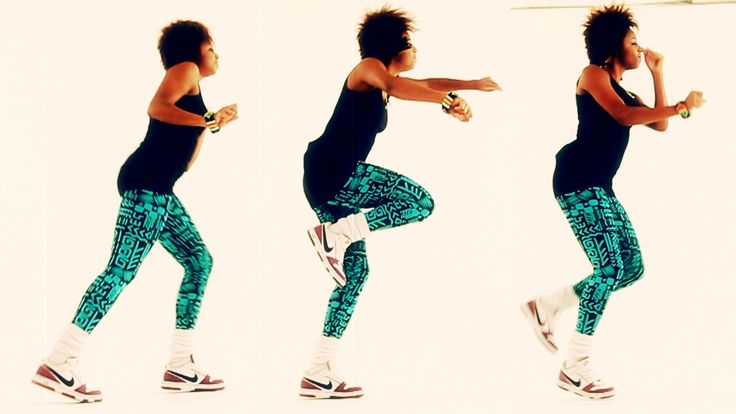 The Ashanti Akan dialect of Twi to aid in further unmasking the origins of this dance and how the beauty of culture shared and captured in this dance is connected to the history of the Ashanti people.
The Ashanti Akan dialect of Twi to aid in further unmasking the origins of this dance and how the beauty of culture shared and captured in this dance is connected to the history of the Ashanti people.
Produced by Rebekah Frimpong andAma. K. Abebrese
Directed By Rebekah A. Frimpong
Narrated By Afia Frimpong and Sarfo Ofori-Frimpong
DP-Cinematographer Stephen Miles
Casting MK Casting (Ghana)
Edited by Jean Baptiste Sankara and Rebekah Frimpong
Translated and Consulting by Harold K. Frimpong
Production Assistants Mariona Lloreta and Tatiana Wynn
Ghana Line Producer Mawuko Kuadzi
Soundtrack By Various Artists (Wanlov, Hezekiah, Peter Barr,and Nana NYC)
ADOWA – a documentary film written and directed by Rebekah A. Frimpong and produced by Ama K. Abebrese, Mawuko Kuadzi, and Rebekah Frimpong is currently raising funds to shoot on location in Ghana this summer and in the US. Support ADOWA by making a 100% tax deductible donation to ADOWA/Dance Films Association using the instructions below.
Ghanaian-American filmmaker Rebekah A. Frimpong has teamed up with acclaimed actress/producer Ama K. Abebrese and Mawuko Kuadzi of MK Casting in Ghana to create her new documentary feature length film: ADOWA-Oral Literature in Dance and Preserving the Culture of the Ashanti People. The documentary film is written by Frimpong, and is about the oral literature in the Adowa dance, cultural preservation, and the traditions of Ghana. ADOWA will be shot on location in Ghana this summer and in the US. With appearances from known Ghanaian historians, Adowa dance troupes, professional Adowa dancers, and interviews with Ghanaians who have unique stories to share about the dance. ADOWA is set to show this traditional dance in a new light. The film is set to be released later this year and is fiscally sponsored by Dance Films Association in New York.
To make a donation to ADOWA electronically, click here or use the Donate link to the right of this page.
To make a donation by check, follow the instructions below:
Please make checks payable to Dance Films Association, designated for ADOWA, and mail to:
Dance Films Association
75 Broad Street, #304
New York, NY 10004
Dance Films Association, Inc. is a 501(c)(3) non profit membership organization since 1956. All gifts are tax deductible as allowed by law.
Together - TANGO THERAPY
Everything can go wrong. The more you learn, the harder you try, the worse it gets. This is true for tango, and perhaps for everything that happens as a couple.
It really happens: years of practice, thousands of kilometers, personal techniques and workshops of the maestro, and from a quivering, sensitive, plastic, promising beginner, an insipid partner grows, from an insecure, cute-clumsy, attentive and impressionable man - a mechanical partner.
Lucky are those who came to tango without experience, fantasies, clear expectations, those who have never danced, those who have no guidelines.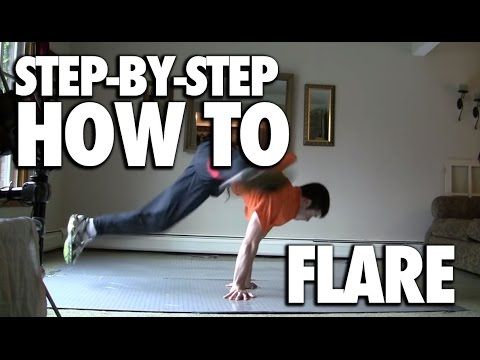 They do not know what is right and have no idea what the next step will be. Therefore, they are extremely included, guided only by hearing and feeling, ready for the unexpected. They start with what experienced tangeros have been striving for years to return to: with all their strength and feelings they listen to music and others as if for the first time, they are impressed as if for the first time. They are not yet dressed in dresses and pants from skills and ideas, therefore they are present personally, nakedly, reverently. They get the best possible: "not to be something and not to do something" - they still do not know what to do. And they don't know how great it is.
They do not know what is right and have no idea what the next step will be. Therefore, they are extremely included, guided only by hearing and feeling, ready for the unexpected. They start with what experienced tangeros have been striving for years to return to: with all their strength and feelings they listen to music and others as if for the first time, they are impressed as if for the first time. They are not yet dressed in dresses and pants from skills and ideas, therefore they are present personally, nakedly, reverently. They get the best possible: "not to be something and not to do something" - they still do not know what to do. And they don't know how great it is.
Not all of course. It's not just about dancing, it's about life experience. Not everyone has the courage to leave their cockroaches alone at home for an hour and a half. Many come with them and only dance with the best of them. Ideas about what a real tango should be can be gleaned from films, and beliefs about what a real man-woman-relationship should be like are a hellhole of accessible, poisonous, corrosive content for the brain and soul.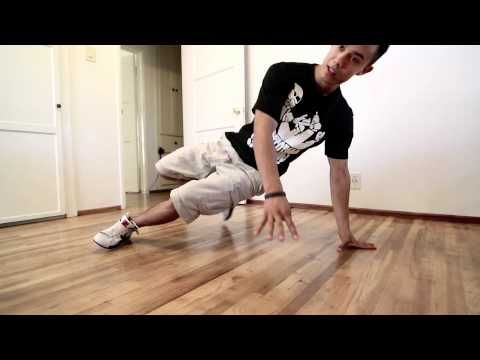
Over time, those who are fortunate enough to start from a relatively clean slate have ideas, an idea of \u200b\u200bwhat is right is formed. And they learn to dance from an idea, not from a feeling. The focus shifts from the partner and the music to the right thing. What is correct and ideological grows and develops to the detriment of the convenience and naturalness of movement. It is necessary, it is a step. It is tall and spacious, you can stay on it to live
Patterns and obsessive connections appear. You can't learn without them, but if you have already learned, you need to spend no less time to unlearn. This time is not, you need to learn new ones.
In addition to ligaments, there are irresistible temptations - jewelry. And at some point the world must stop, the violins must fall silent, the orchestra players will stand up, the conductor will turn around to face me, the partner will go for champagne ... Now I will make the Decoration. It can be really beautiful and very lonely.
Those who are lucky come to understand that it's not about the connections, but about the quality of the movement, in the possession of one's body. They invest in personal techniques, their movements become filigree, they dance in microns and milliseconds. And after a few years, you notice that the once quivering, warm partner is dancing not with you, but with her legs. If you have enough patience, perhaps in a few more years she will return to you with these legs.
Aesthetic sensitivity develops over the years - every movement becomes elegant, simple steps become insanely beautiful. And it may happen that you will be dancing next to an impressively beautiful partner. I used to dance with her.
The right ideas, they are not only about technology, they are also about music. Instead of listening and feeling, one can know and believe how musically. Music becomes habitual, fades, thins out, it is almost inaudible under a stuffy blanket of ideas about musicality that must be matched.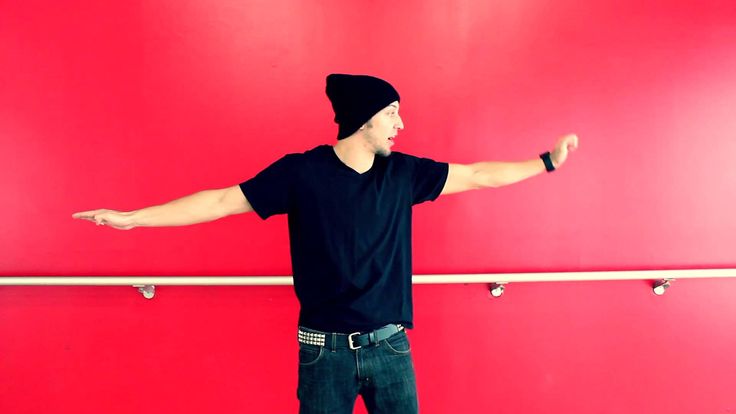 The obligation to dance musically almost eliminates this possibility.
The obligation to dance musically almost eliminates this possibility.
Nobody invented the tango. From nostalgia, disappointment and loss, jealousy and rivalry, loneliness and longing for human warmth, music arose. This music has found the only possible answer in movement - hugs. But there was too much feeling in her and she forced this movement to continue - to walk together without breaking the embrace. Together to feel and express with the body what the music originated from.
It's so simple and so real that the more you study, the harder you try, the more chances you have to go somewhere far from it. It might be worth asking yourself from time to time: “Are we still hugging, are we together?”, “I still hear music?”.
And perhaps these two questions are relevant not only in tango, but in everything that happens in a couple.
c) Igor Zabuta, psychotherapist, tango teacher
More tango essays in my books: http://tangobook.tilda.ws
SMERCH (Report from the circle of hell).
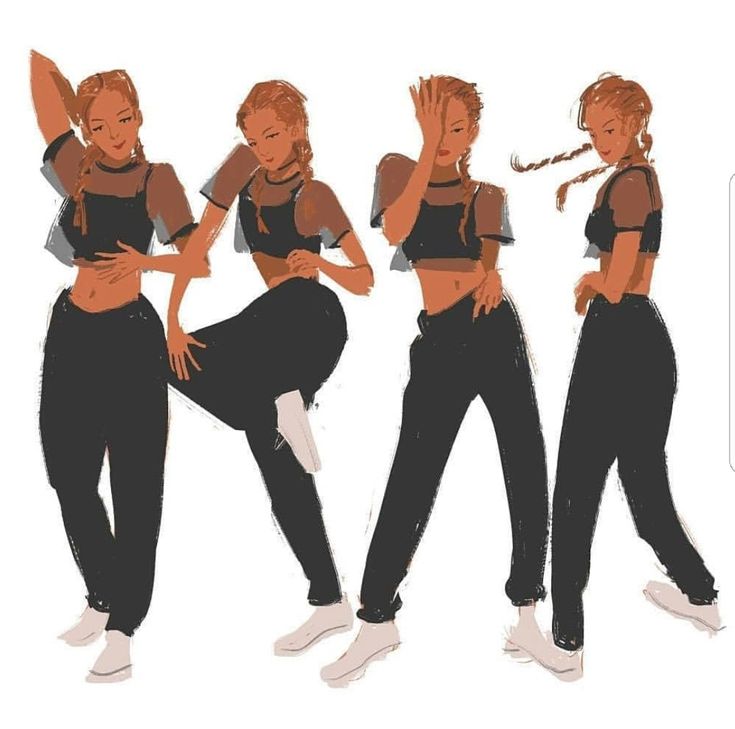 Closer to the truth
Closer to the truth SMERCH
(Report from the circle of hell)
"God, ring out forgiveness for sinners, and a good memory for the righteous."
Folk.
Chapter 1
Before the start of the war, prisoners were released.
It was hard to understand what caused it. Even the closest associates of Joseph Vissarionovich could not comprehend the "creative thought" of the Master.
Now it is known that Stalin planned to destroy the entire repressive apparatus of the Berry-Yezhov "call".
The work was big and delicate. That is why the approach was made wide, all-encompassing. Similar to fishing with a fine mesh net - not a single fish should escape. But the case must be given a legal look and sense, as grandfather Krylov said. And Stalin began with a small, at first glance, permutation of people's commissars: Nikolai Yezhov moved to the post of people's commissar of water transport, and Lavrenty Beria was appointed in his place.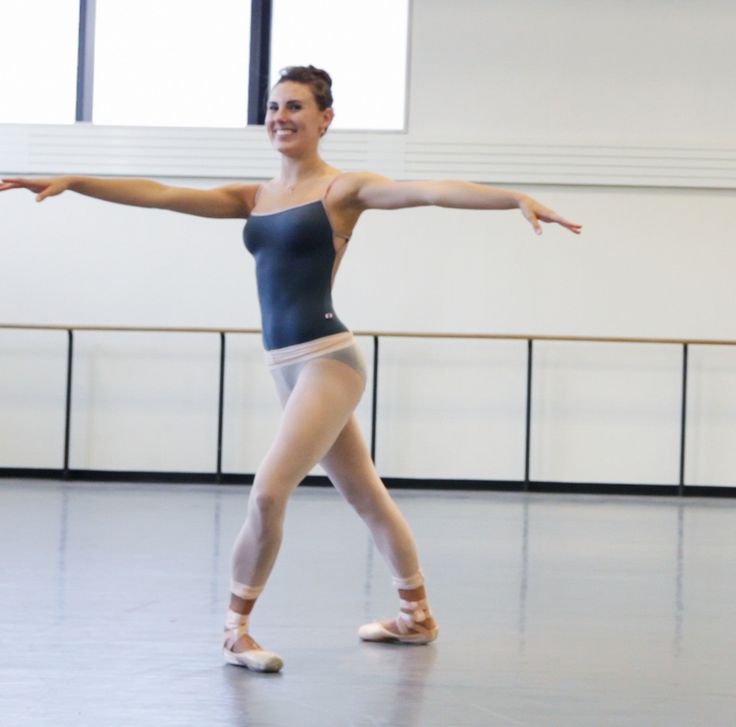
This seemingly ordinary transfer is given a loud, allegedly respectable social and political coloring: Yezhov is given all sorts of honors for “honest and impeccable work at the post ...”; Beria is presented to public opinion as an angel - the guardian of law and order.
Having lost his powerful post, Yezhov had no particular illusions about his future fate. He knew how Stalin "honored" retired people's commissars. Although there were times when they did not spend a day without each other. He knew too much. And so, slowly preparing for another world. I drank it black. Often even at work he appeared drunk. Or didn't show up at all. To the greater
the joy and relief of the People's Commissariat employees. Who suspected the boss had a "phase shift."
It was from what. At meetings, he, sitting at his new people's commissar's desk as chairman of the forum, was engaged in sheer devilry: he either molded devils out of bread, or made pigeons out of pieces of paper and let them fly over the heads of employees.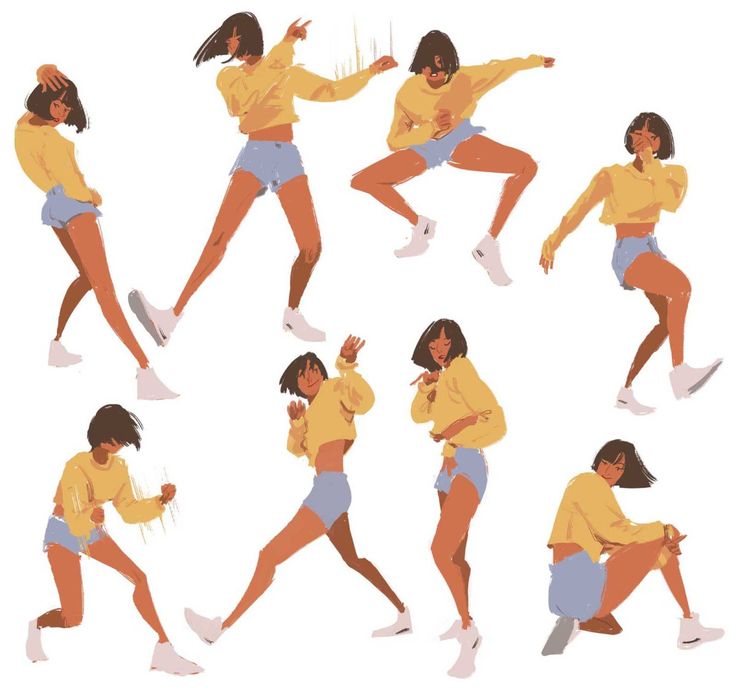 And then he climbed under the table and took them out. And anonymous letters flew to high authorities - denunciations of the "abnormal" people's commissar. According to these denunciations, a commission was appointed, which was ordered to check the facts. The commission worked under the close and partial attention of Beria and the interested supervision of Himself. And, of course, she established that “at 19In 1937, the entire leadership of the Veshensky district, headed by the first secretary of the district committee, was arrested, a total of seven or eight people. The accusation is standard - "enemies of the people." But then Sholokhov "raised on his hind legs". He went to Moscow, got a meeting with Stalin, and began to prove to him that the Veshensk comrades were loyal communists devoted to the cause of the party. All of them are his friends. If they are enemies of the people, then so is he.” (V. Uspensky. "Privy Advisor to the Leader"),
And then he climbed under the table and took them out. And anonymous letters flew to high authorities - denunciations of the "abnormal" people's commissar. According to these denunciations, a commission was appointed, which was ordered to check the facts. The commission worked under the close and partial attention of Beria and the interested supervision of Himself. And, of course, she established that “at 19In 1937, the entire leadership of the Veshensky district, headed by the first secretary of the district committee, was arrested, a total of seven or eight people. The accusation is standard - "enemies of the people." But then Sholokhov "raised on his hind legs". He went to Moscow, got a meeting with Stalin, and began to prove to him that the Veshensk comrades were loyal communists devoted to the cause of the party. All of them are his friends. If they are enemies of the people, then so is he.” (V. Uspensky. "Privy Advisor to the Leader"),
As a result, "all the comrades were released and fully rehabilitated. .." But "... Nikolai Ivanovich Yezhov's vanity was severely hurt." “Yezhov’s hatred (for Sholokhov. - V.R.) was so great that he decided to destroy, to pulverize the writer himself, who dared to stand in his way.”
.." But "... Nikolai Ivanovich Yezhov's vanity was severely hurt." “Yezhov’s hatred (for Sholokhov. - V.R.) was so great that he decided to destroy, to pulverize the writer himself, who dared to stand in his way.”
“Specifically, this “work” was taken up by employees of the regional apparatus of the NKVD Kogan and Shchavelev, as well as employees of the district department of internal affairs. By beating the arrested Cossacks, threatening them with weapons, they obtained evidence against Sholokhov.
Sholokhov secretly makes his way to Moscow for the second time.
“In the capital, he again managed to get a meeting with Stalin and had a lengthy conversation with him, by no means on questions of creativity. He asked to protect him and honest people in general, communists, from slander and persecution.
"And here is the meeting of the Politburo." (This time the meeting of the Politburo! - V. R.).
“Ezhov, of course, made a gross mistake, one of those that Iosif Vissarionovich did not forgive. Once he had already come out in defense of Sholokhov and his friends. Stalin's choice was clear. And Yezhov, blinded by malice, intoxicated by power, decided to act in his own way, chose a detour
Once he had already come out in defense of Sholokhov and his friends. Stalin's choice was clear. And Yezhov, blinded by malice, intoxicated by power, decided to act in his own way, chose a detour
to deal with Sholokhov. He did not reckon with the opinion of Stalin, he got out of submission and, thereby, pronounced a death sentence on himself. And in general it was time to remove Yezhov, he knew too much, this figure became too odious. He played his part, that's enough."
By the beginning of the 18th Party Congress (this is March 1939) Yezhov was still a member of the Central Committee. He even attended a meeting of the signoren - the convention (something like a meeting of the elders of the congress). E. G. Feldman, who was then the acting first secretary of the Odessa regional party committee, was also present at this meeting of the elders. He writes in his memoirs: “During the break of the congress in the Kremlin, a signoren, a convention, gathered in one of the halls.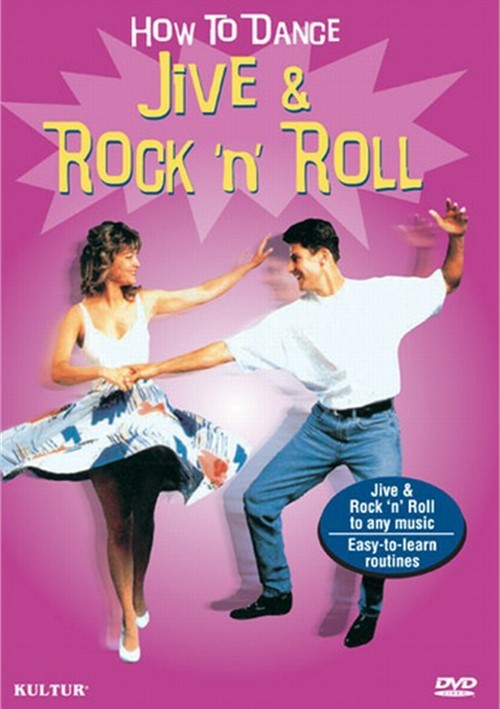 In front of him at a long table, as if on a stage, sat A. A. Andreev, V. M. Molotov and G. M. Malenkov. In the depths, behind their backs, in a corner to the left, Stalin sat down, puffing on his pipe. Andreev said that the congress was ending, and therefore it was necessary to propose candidates for the Central Committee to be elected. First of all, members of the former Central Committee began to be included in the list, of course, except for those who had left. It was Yezhov's turn. "What opinions will there be?" Andreev asked. After a short silence, someone said that Yezhov was the Stalinist people's commissar, everyone knows him and he should be left. "No objections?" Everyone was silent. Then Stalin asked for the floor. He got up, went to the table and, still puffing on his pipe, called:0003
In front of him at a long table, as if on a stage, sat A. A. Andreev, V. M. Molotov and G. M. Malenkov. In the depths, behind their backs, in a corner to the left, Stalin sat down, puffing on his pipe. Andreev said that the congress was ending, and therefore it was necessary to propose candidates for the Central Committee to be elected. First of all, members of the former Central Committee began to be included in the list, of course, except for those who had left. It was Yezhov's turn. "What opinions will there be?" Andreev asked. After a short silence, someone said that Yezhov was the Stalinist people's commissar, everyone knows him and he should be left. "No objections?" Everyone was silent. Then Stalin asked for the floor. He got up, went to the table and, still puffing on his pipe, called:0003
- Yezhov! Where are you? Well, come here!
Ezhov came out of the back rows and went up to the table.
- Well! What do you think? Stalin asked. — Can you be a member of the Central Committee?
Yezhov turned white and answered in a broken voice that his whole life had been given to the party, to Stalin, that he loved Stalin more than his own life and knew nothing behind him that could be the cause of such a question.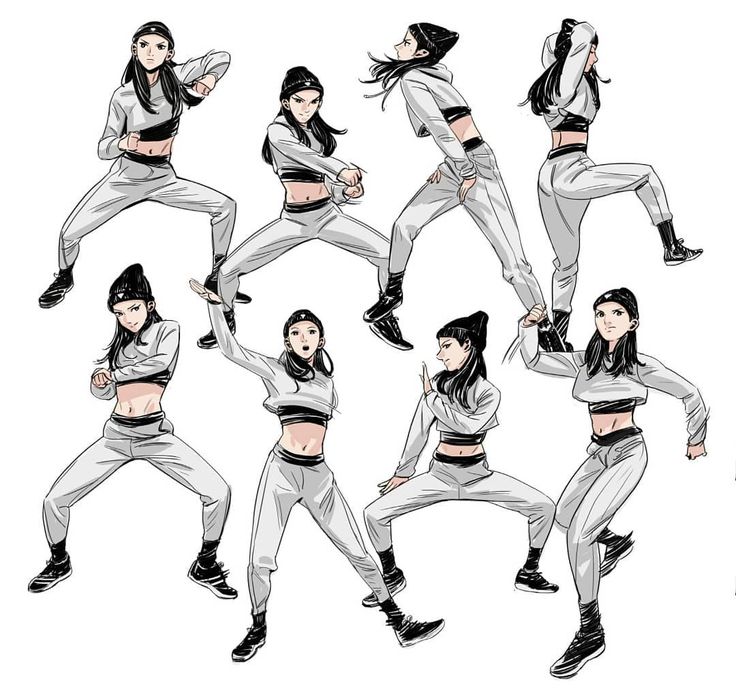
Yes? Stalin asked ironically. - And who was Frinovsky? Did you know Frinovsky?
“Yes, of course I knew,” Yezhov answered. - Frinovsky was my deputy. He…
Stalin interrupted Yezhov and began to ask who was Shapiro, who was Ryzhova (Ezhov's secretary), who was Fedorov and someone else. (By that time, all these people had already been arrested).
- Joseph Vissarionovich! Yes, it's me - myself! Revealed their plot, I came to you and reported that ...
Stalin did not let him continue.
- Yes, yes, yes! When you felt that you were grabbed by the hand, so you came, hurried. And what before that? Did you make a conspiracy? Stalin wanted to kill? The leading workers of the NKVD were preparing a conspiracy, and you seem to be on the sidelines! Do you think I can't see anything?! Stalin continued. “Well, remember, whom did you send on such and such a date to Stalin on duty?” Whom? With revolvers? Why are there revolvers near Stalin? What for? Kill Stalin? What if I didn't notice? BUT?!
Then Stalin accused Yezhov that he had developed too vigorous activity and arrested many innocent people, and who had to be hidden.
- Come on! I don't know, comrades, can I keep him a member of the Central Committee? I doubt. Of course, think about it... As you wish... But I doubt it.
Yezhov, of course, was unanimously deleted from the prepared list, but after the break he did not return to the hall and was no longer at the congress.
With his other associates, especially with those who had a “stigma in the gun”, who were involved in “unreasonable” repressions, like Yezhov, Stalin butchered just as ruthlessly.
Yezhov's "excesses" and "underbends" voiced by Stalin at the Signoren Convention gave Beria the end of the thread, which allowed him to unwind the entire Ezhovo-Yagodovsky ball. Exactly according to Stalin's plan.
Here is the official message from a document published in September 1990: "... the lives of more than twenty thousand Chekists fell during the years of Stalin's repressions." (“Pravda”, September 2, 1988 and September 20, 1990 “In the USSR State Security Committee”).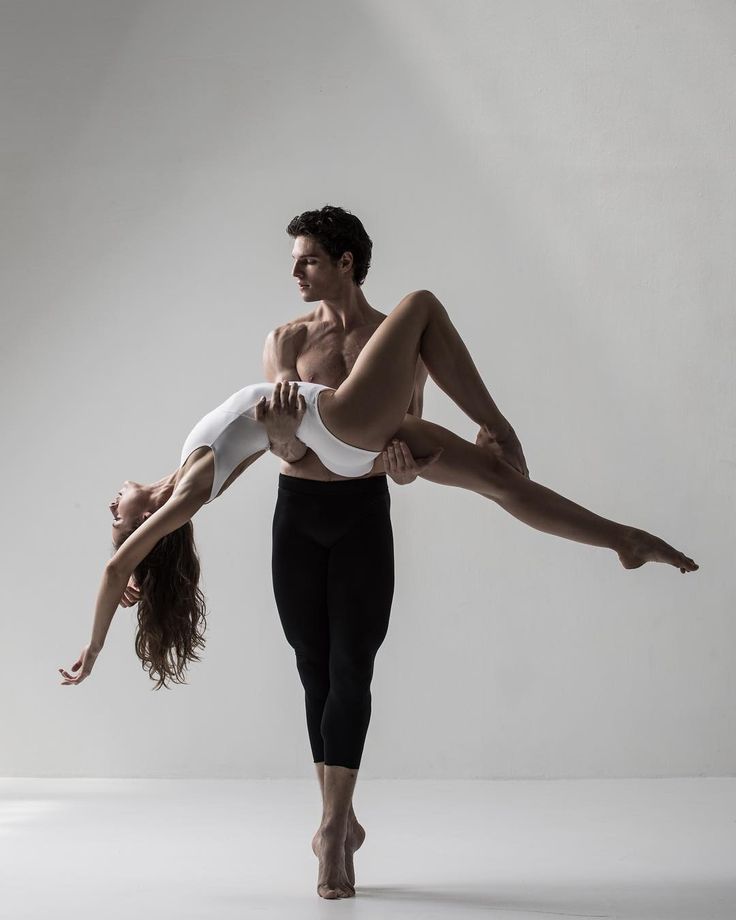
“They started talking about Beria, that he, they say, restores justice, revealed the abuses that were secretly going on behind the back of Comrade Stalin. The word "Yezhovism" has become synonymous with cruelty. And if the arrests continued, now, of course, only justified and necessary.
The review of several dozen cases, such as the falsely accused physicist A. Weisberg and several employees of the Moscow City Party Committee, and the punishment of the Omsk prosecutor and his deputy for punitive arbitrariness, from the suggestion of the media, it was fogged that retribution for executions overtook a little if not everyone who sinned with this, and henceforth, they say, will overtake everyone who allows himself ... The people, of course, rejoiced and exalted to heaven the genius of the leader and his iron commissar Beria.
So Joseph Vissarionovich Stalin began to whitewash himself before his descendants. But that was only the beginning.
Yu.
 G. Kudryavtsev • THREE CIRCLES OF DOSTOYEVSKY Eventful. Temporary. Eternal
G. Kudryavtsev • THREE CIRCLES OF DOSTOYEVSKY Eventful. Temporary. Eternal Yu. G. Kudryavtsev • THREE CIRCLES OF DOSTOYEVSKY Event. Temporary. Eternal From the author The version of my book “Three Circles of Dostoevsky” now offered to the reader has lain in my desk, among other books written but not published, for 14 years. The book was finished at 1974 year. Exit at
People of our circle
People of our circle In the 17th-19th centuries, inhuman treatment was experienced mainly by those who did not write books. So to speak, "external and internal proletariat." The Hindus from the villages swept away by artillery were illiterate. Khondas in which the merry Britons fired from a height of
On limiting the circle of "initiates"
On the limitation of the circle of "initiates" At all times, the first condition for ensuring secrecy was considered to be the reduction to a minimum of the circle of people who know this secret. The “unreliable” must be disposed of in advance. The Apollo astronauts understood as well as Baron that their ships “would not allow
The “unreliable” must be disposed of in advance. The Apollo astronauts understood as well as Baron that their ships “would not allow
Tornado, aka tornado…
Tornado, he's a tornado ... Among the well-known natural phenomena, there are many so fleeting, so inexplicable and mysterious that they leave in bewilderment both eyewitnesses unprepared for their perception, and scientists sophisticated in observing the world around us. These phenomena
Tornado vice versa
Tornado vice versa This original idea was put forward by an aviation navigator, Hero of the Soviet Union A. Pozdnyakov. He suggested that as a result of the specific features of certain layers of the atmosphere, a so-called anti-tornado may arise, in which the air flow
23. CULTURAL CIRCLE LAPEL
23.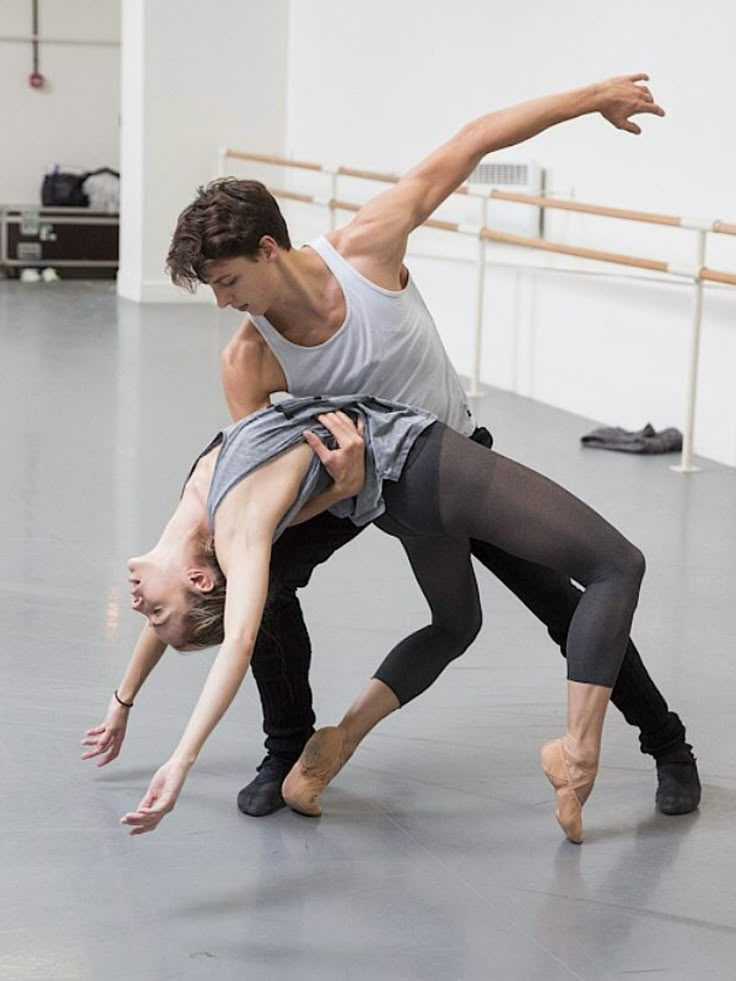 THE LAPEL OF THE CULTURAL CIRCLE But who really revived to some extent under the decrepit Brezhnev regime is the multinational Russian intelligentsia, already internally as if not Soviet and with a rich intellectual life, involuntarily concentrated only
THE LAPEL OF THE CULTURAL CIRCLE But who really revived to some extent under the decrepit Brezhnev regime is the multinational Russian intelligentsia, already internally as if not Soviet and with a rich intellectual life, involuntarily concentrated only
Quadrature of the Cossack circle
Quadrature of the Cossack circle The leitmotif of the history of the Cossacks was caught, telling me about his life, by my uncle, a native of the Don, who graduated from the Nautical Cadet Corps of the Imperial Russian Fleet in Petrograd exactly by the spring of 1917. The Imperial Navy was disbanded,
MAGICAL MEANING OF THE ANNUAL CIRCLE
THE MAGICAL MEANING OF THE ANNUAL CIRCLE In his Magical Arts of Ancient Europe, Anton Platov begins his consideration of the magical traditional calendar by interpreting the well-known Slavic tale of 12 months. This tale gives an excellent idea of the traditional
This tale gives an excellent idea of the traditional
DYNAMICS OF THE ANNUAL CIRCLE
DYNAMICS OF THE ANNUAL CIRCLE PERIODS AND THEIR SACRED SIGNIFICANCE. MULTICULTURAL YEAR We have completed our consideration of the eight strong points of the Annual Kolo. But we hope that none of the readers had a simple thought that these eight points are limited to
Part 4 Quadrature of the "Chechen Circle"
Part 4 Square "Chechen circle" “...” Was it possible (A. Litvinenko and Yu. Felshtinsky write in their book “The FSB blows up Russia” - ed. note) to start a civil war in the North Caucasus? The “war party”, relying on power ministries, believed that it was possible . However
Rock and roll whirlwind
Rock and roll tornado They say that when the foxtrot came into fashion in the USA, the whole country danced it, danced everywhere - in offices and houses, even on the streets between moving cars, not to mention dance halls - dance halls.